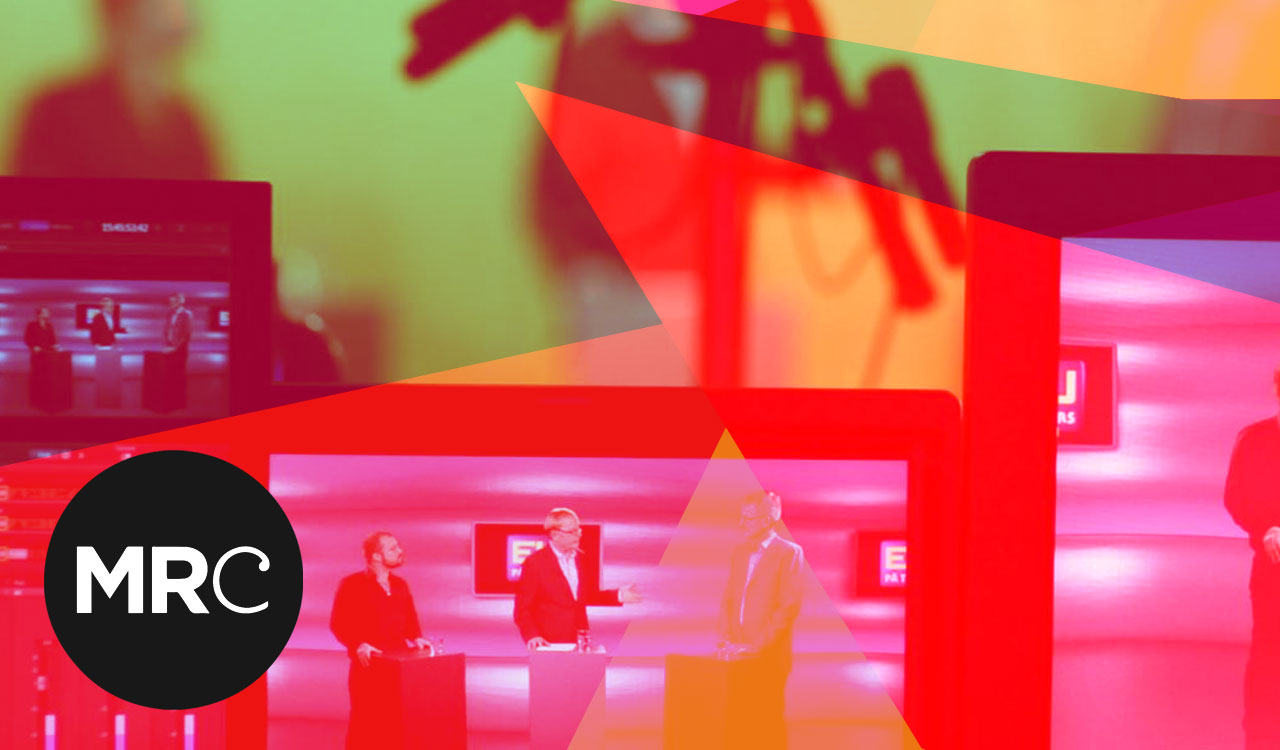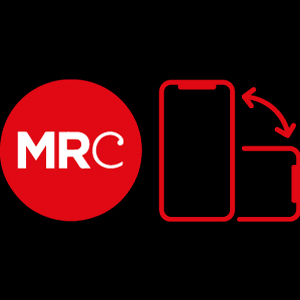This blog is part of a series exploring proposals from our Manifesto for a People’s Media in more depth. Others are on: independence; new models of accountability; and why there is no replacement for public funding.
In our Manifesto for a People’s Media, we propose a new fund of £1 billion a year of public money to support independent media – including not-for-profit public interest news and journalism (at the hyper-local, local, regional and national level); other cultural content production like dramas or podcasts, and digital innovation whose main purpose is to serve the creative, cultural and informational needs of their audiences and communities and not to increase the profit of shareholders. As we were consulting on the Manifesto, many people involved in independent media expressed concerns that taking public money would infringe on their independence and lead to them facing the same kind of interference from the state as they perceive happens at the BBC.
We’ve written in more detail in other blogs about our specific proposals for maintaining the independence of media institutions (including the BBC) and why there is no viable alternative to public funding that can provide a universal service. This piece focuses on our proposals for democratic funding mechanisms for distributing the money in this new fund – which we think will enhance trust in our media and help keep it independent of powerful interests.
A good starting point for this is looking at how public funding for media is currently distributed. At present, public money supports media in a range of ways including:
- The licence fee, which is collected from all TV watching households and then given to the BBC, where the board decides how it is spent
- Local Government notices (i.e. adverts) placed in local newspapers – decisions about this are usually made by Local Authorities. In 2020 the Government also provided £35m additional government advertising revenue as part of the corononavirus communications campaign to be distributed by Government to “the nation’s favourite and most trusted media titles”.
- VAT exemption for publishers: newspapers, e-newspapers, e-books and printed products are zero-rated for VAT because their consumption is considered to be of value to the public. This form of tax relief is decided by the Government.
- Funds like the Community Radio Fund and the Arts Council, which take applications and a council or board decide who gets grants
All of these are very much the model of what We Own It call 20th-century public ownership. A small number of people make decisions about where money should go, the process is highly centralised and there is little accountability and few avenues for challenging decisions. In fact, it’s often not clear what criteria have been used or what the priorities are. But we can all see the outcomes: over and over again, institutions which are already relatively well funded and powerful suck up most of the resources. For example, the £35 million fund (noted above) to run public health notices as part of the governments ‘All In, All Together’ campaign – all went to large news conglomerates and none to independent or hyper-local news sources.
Like We Own It, we think we need to transition to 21st-century public ownership – far more participatory models where citizens are involved in making decisions about essential public goods. We Own It have outlined detailed proposals about what this could look like for utilities like water and transport. But what could this look like for media?
What we’ve imagined in our Manifesto is a network of Regional and National Media Councils, which would each have a pot of money and create a democratic decision-making process for distributing it. Different regions could come up with their own methods, and these could involve a mix of avenues for involvement. For example, they could start with a shortlisting process open to the wider public, and then have final decisions made by citizen jury or an elected board. The key criteria for deciding who should be funded would be how well they live out the core values such as being independent, accountable, democratic and for everyone.
This kind of system would need to be carefully designed to live up to its democratic potential. It would need to have safeguards to make sure that power didn’t become overly concentrated in the decision-making group, e.g. by having a proportion of them replaced between funding rounds. The regional level might not be the best scale for making these decisions, and budgets could be further devolved from regions to towns or city boroughs. There would need to be a strong focus on equalities, and ways of ensuring that marginalised groups were represented in decision-making and the media they needed got funded.
Public funding can create systems of dependency, so there could be additional criteria about making sure that media organisations have other sources of revenue such as subscription, to show that they really are connected to and responding to their audiences. Funding of this kind can also create an atmosphere of competition. However, with thoughtful design the Councils could facilitate relationships between applicants, support the broader media ecology, and allow different groups and organisations to cooperate and find alignment, rather than just creating a zero-sum game of winners and losers.
Fortunately, this system wouldn’t need to be created from scratch – there are many tried and tested models to learn from. Some areas to look out for inspiration and guidance include:
- participatory budgeting – a process for involving citizens directly in allocating public money, most often used at the city or town level. This originated in Brazil and has been widely used across the world, including at a small scale in the UK in places like Frome. In some places in Latin America, this has already been used to support media organisations.
- participatory grantmaking – a model of distributing funding in which those most affected by social issues are involved in decision-making. Funds that use participatory grantmaking in the UK include Edge Fund and the Fund Action. Lessons from this kind of grantmaking around the world have been captured by GrantCraft.
- digital citizenship initiatives – where digital tools and platforms are used to facilitate decision-making by large numbers of people. In Taiwan, the pol.is platform – which helps groups identify areas of commonality and consensus – has been used to develop national level policies, while the Decidem platform has been used to support policy-making and participatory budgeting in Barcelona.
Of course, this vision of a network of Media Councils distributing funding on this scale is probably a long way off. However, these ideas could be implemented more immediately by philanthropic organisations looking to fund media and culture, or by governments outside of Westminster. Both the Welsh and Scottish governments have expressed their intentions to set up new funds to support public interest journalism, and there is also the possibility that a levy on the tech giants will create new avenues for funding journalism in the next couple of years.
There is no reason that these funds could not incorporate participatory decision-making into their structures, and demonstrate that this is a viable alternative to a handful of people deciding for everyone else how to share our collective resources.



